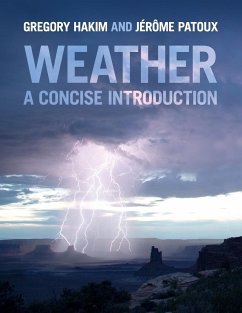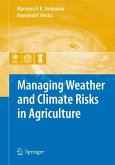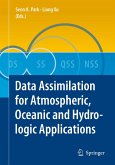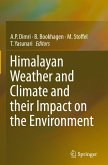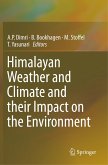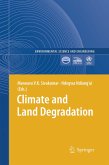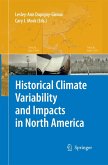From a world-renowned team at the Department of Atmospheric Sciences at the University of Washington, Seattle, Weather: A Concise Introduction is an accessible and beautifully illustrated text covering the foundations of meteorology in a concise, clear, and engaging manner. Designed to provide students with a strong foundation in the physical, dynamical, and chemical processes taking place in the atmosphere, this introductory textbook will appeal to students with a wide range of mathematical and scientific backgrounds. This textbook features: a single case study of a mid-latitude cyclone which is referred to throughout the whole book to illustrate the basic principles driving atmospheric dynamics and phenomena; boxes on more advanced topics; appendices for additional coverage; chapter summaries listing the 'take-home' points discussed; and colour figures and charts illustrating the fundamental concepts. Key terms are evident throughout, and a glossary explains the terms that students will need to understand and become familiar with.
Hinweis: Dieser Artikel kann nur an eine deutsche Lieferadresse ausgeliefert werden.
Hinweis: Dieser Artikel kann nur an eine deutsche Lieferadresse ausgeliefert werden.
'In these days of dumbed down science curricula, it's heartening to see this serious, lucid, and engaging textbook for non-majors: concise, yet containing a wealth of interesting material, well explained and beautifully illustrated. Rather than focusing on scientific laws and principles, the authors help readers to observe, interpret and understand atmospheric phenomena, stimulating their curiosity about the natural world and exercising their critical thinking skills. By making good choices about what and what not to include in the book and making extensive use of boxes for presenting more advanced material, the authors have produced a book that serious students should be able to read and digest over the course of a semester and instructors ought to be able to use as a framework within which they can embed their own course notes. John M. Wallace, University of Washington

